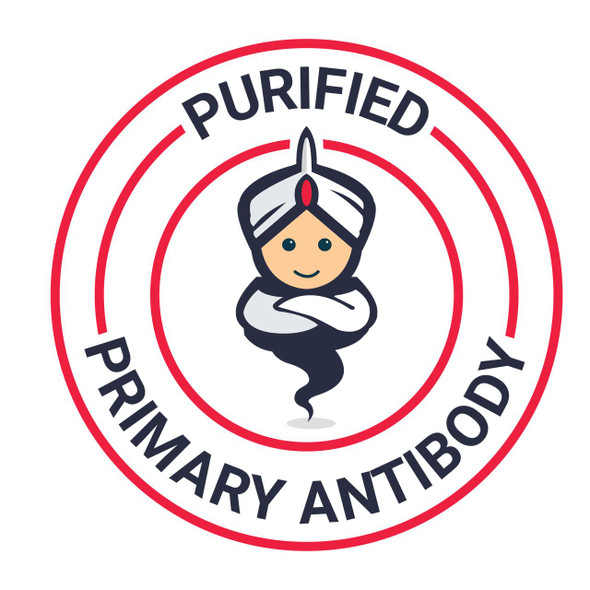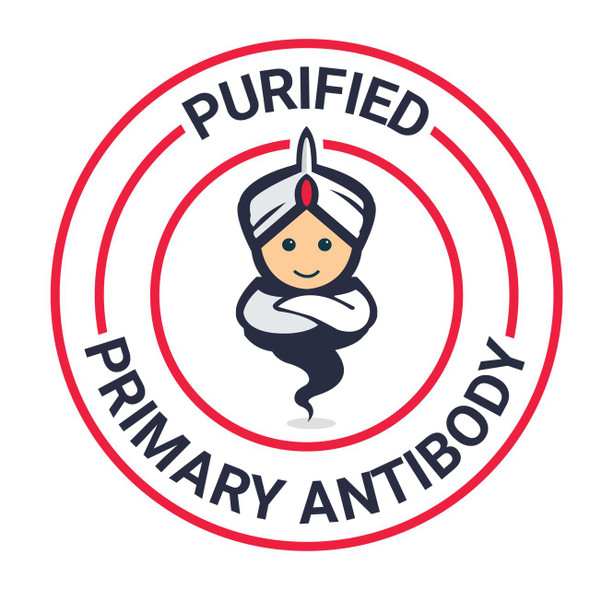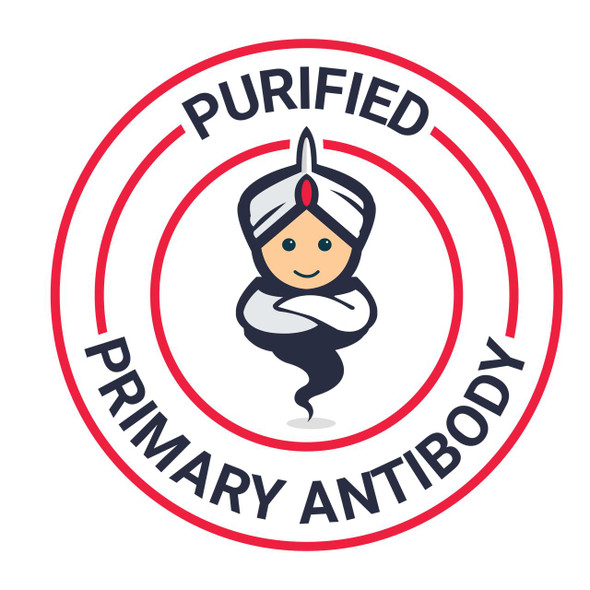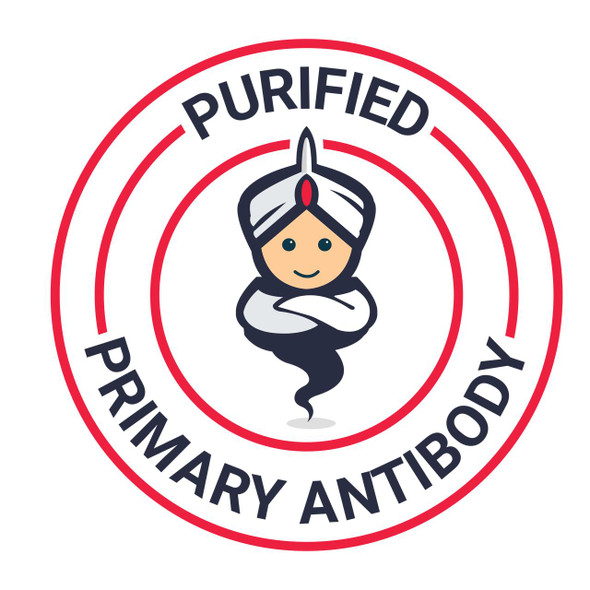Description
system_update_altDatasheet
| Product Name: | CD6 monoclonal antibody (APC ) |
| Product Code: | AGIM0456 |
| Size: | 100 µL |
| Reactivity: | Human |
| Clone: | HI210 |
| Applications: | Flow Cytometry |
| Conjugate: | APC |
| Isotype: | IgG1 |
| Host Species: | Mouse |
| Storage: | Store at 4°C. Avoid prolonged exposure to light. |
| Uniprot: | P30203 |
| Background: | CD6 is expressed at low levels on immature thymocytes, and at high levels on mature thymocytes. CD6 is also expressed at high levels on peripheral blood T cells and at low levels on most peripheral blood B cells. High levels of CD6 are present in T-cell malignancies and certain Bcell malignancies including B-CLL. CD6 not only is expressed on all CD5+ B-CLL, but also on CD5- B-CLL, suggesting a broader distribution of CD6 than CD5 in B-cell malignancies. It is found recently CD6 is also on a minor subset of myeloid malignancies. CD6 functions as an adhesion molecule as well as a costimulatory molecule for T cell activation. The ligand for CD6 is CD166. |
| UniProt Protein Function: | CD6: a type I membrane protein involved in cell adhesion. Binds to CD166. Expressed on thymocytes, peripheral T cells, a subset of B cells, and a subset of neurons. Mediates the binding of developing thymocytes with thymic epithelial cells. CD6- T cells are less autoreactive than CD6+ T cells. Phosphorylated on tyrosines and serines following T cell antigen receptor signaling. Five splice-variant isoforms have been described. |
| UniProt Protein Details: | Protein type:Cell surface; Membrane protein, integral Chromosomal Location of Human Ortholog: 11q13 Cellular Component: integral to plasma membrane Molecular Function:protein binding; scavenger receptor activity Biological Process: receptor-mediated endocytosis; cell adhesion |
| NCBI Summary: | This gene encodes a protein found on the outer membrane of T-lymphocytes as well as some other immune cells. The encoded protein contains three scavenger receptor cysteine-rich (SRCR) domains and a binding site for an activated leukocyte cell adhesion molecule. The gene product is important for continuation of T cell activation. This gene may be associated with susceptibility to multiple sclerosis (PMID: 19525953, 21849685). Multiple transcript variants encoding different isoforms have been found for this gene. [provided by RefSeq, Dec 2011] |
| UniProt Code: | P30203 |
| NCBI GenInfo Identifier: | 281185506 |
| NCBI Gene ID: | 923 |
| NCBI Accession: | P30203.3 |
| UniProt Secondary Accession: | P30203,Q9UMF2, Q9Y4K7, Q9Y4K8, Q9Y4K9, Q9Y4L0, A4KAD4 A4KAD5, |
| UniProt Related Accession: | P30203 |
| Molecular Weight: | 60,572 Da |
| NCBI Full Name: | T-cell differentiation antigen CD6 |
| NCBI Synonym Full Names: | CD6 molecule |
| NCBI Official Symbol: | CD6 |
| NCBI Official Synonym Symbols: | TP120 |
| NCBI Protein Information: | T-cell differentiation antigen CD6; T12; CD6 antigen |
| UniProt Protein Name: | T-cell differentiation antigen CD6 |
| UniProt Synonym Protein Names: | T12; TP120; CD_antigen: CD6 |
| Protein Family: | T-cell differentiation antigen |
| UniProt Gene Name: | CD6 |
| UniProt Entry Name: | CD6_HUMAN |








